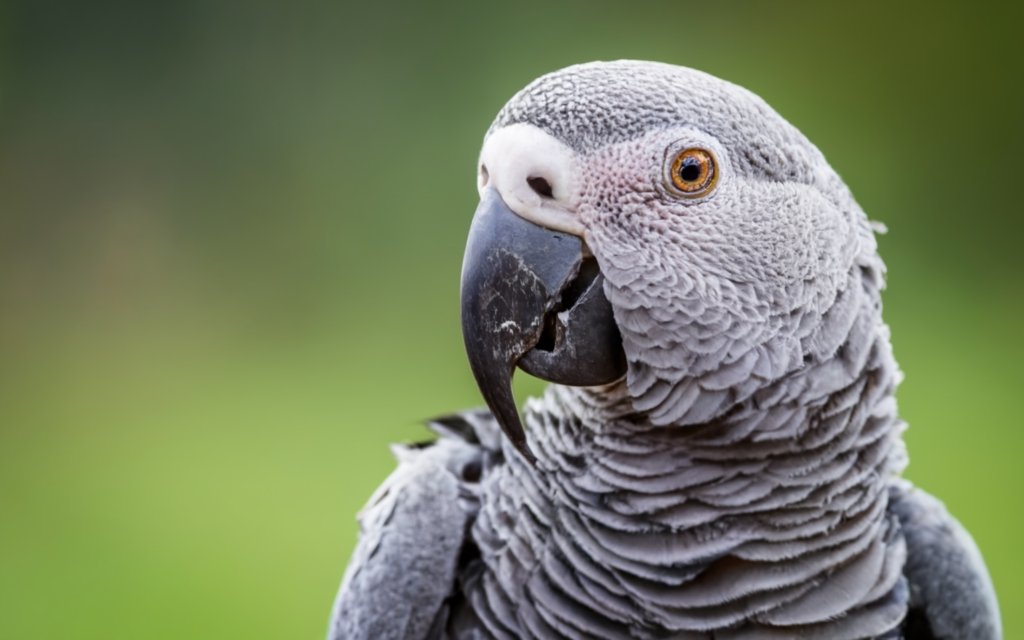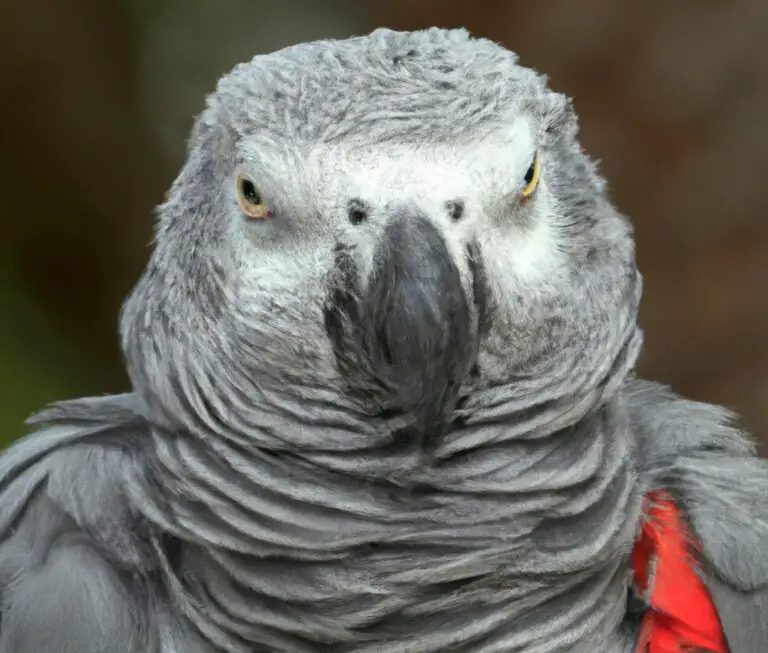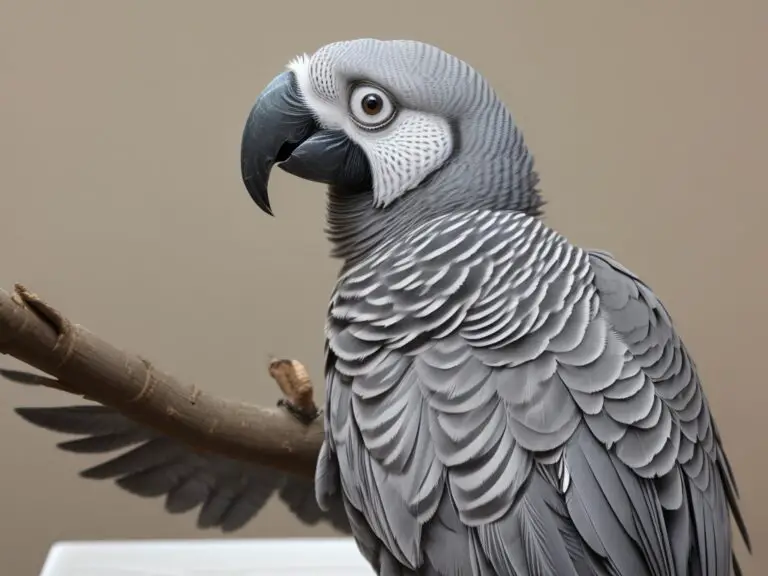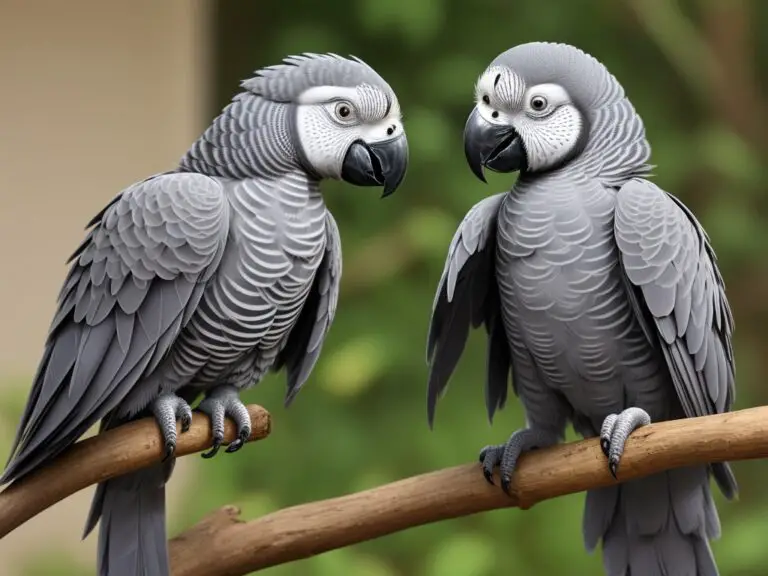What Is The Impact Of Deforestation On African Grey Parrot Populations?
Key Takeaways:
- Deforestation is a significant threat to African Grey Parrot populations, leading to habitat loss and fragmentation.
- The decline in suitable nesting and feeding sites due to deforestation negatively impacts breeding success and population numbers of African Grey Parrots.
- The capture and illegal pet trade of African Grey Parrots are often linked to deforestation as their habitats are destroyed.
- Conservation efforts should prioritize preserving and restoring the forest ecosystems that African Grey Parrots rely on to ensure their long-term survival.
Do you know that the beautiful African Grey Parrot is facing an uncertain future in its natural habitat?
Deforestation, the relentless destruction of forests, is wreaking havoc on these remarkable creatures.
I invite you to join me on a journey to understand the impact of deforestation on African Grey Parrot populations.
In this article, we’ll explore how their habitats are being lost, their food sources diminishing, and the alarming rise in poaching.
But fear not, we will also delve into the conservation efforts being made to protect these intelligent birds.
Get ready to uncover the challenges and solutions in safeguarding the future of African Grey Parrots.
| Aspect | Impact |
| Loss of habitat | Significantly reduces available nesting and foraging areas for African Grey Parrots |
| Disruption of food sources | Removal of trees and vegetation reduces availability of fruits, nuts, and seeds that are essential to the diet of African Grey Parrots |
| Increased vulnerability to predators | Deforestation removes natural cover, exposing African Grey Parrots to predation by hawks, eagles, and other raptors |
| Fragmentation of populations | Deforestation leads to fragmented habitats, isolating populations of African Grey Parrots and reducing genetic diversity |
| Poaching and illegal trade | As forests shrink, African Grey Parrots become more vulnerable to poaching for the pet trade, leading to population decline |
| Disruption of ecosystem | Deforestation disrupts the balance of the ecosystem, affecting the availability of resources and ultimately impacting the overall biodiversity of the region, including African Grey Parrots |
Overview of African Grey Parrot populations in Africa
African Grey Parrot populations in Africa are widespread but declining due to deforestation and illegal pet trade.
They are found in various habitats including forests, woodlands, and savannas.
Distribution and habitat of African Grey Parrots
African Grey Parrots are native to the rainforests of West and Central Africa.
They can be found in countries such as Ghana, Cameroon, Democratic Republic of Congo, and Ivory Coast.
These parrots have specific habitat preferences, including dense forest canopies and wooded areas with a variety of tree species.
They rely on these habitats for food, shelter, and nesting sites.
Unfortunately, deforestation poses a major threat to their distribution and survival.
Importance of African Grey Parrots in ecosystems
African Grey Parrots are important in ecosystems because they play a crucial role in seed dispersal.
As they feed on fruits and nuts, they inadvertently spread seeds throughout their range, contributing to the regeneration and diversity of plant species.
Their presence helps maintain the balance of forest ecosystems and promotes forest health.
Additionally, African Grey Parrots act as indicators of ecosystem health, as any decline in their populations can signal underlying issues or imbalances in their habitats.
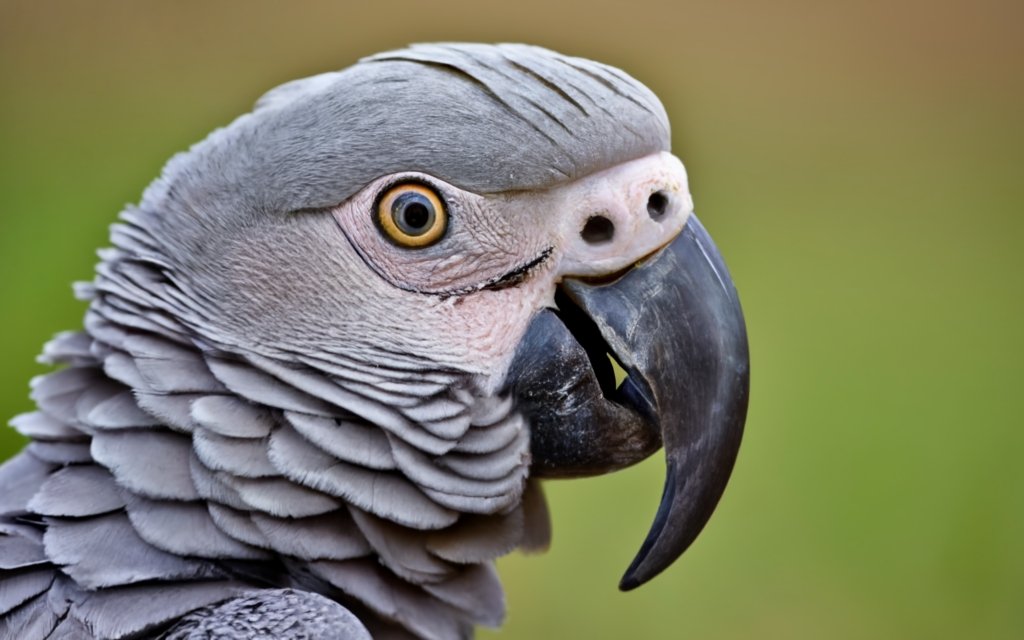
Understanding deforestation in Africa
Deforestation in Africa refers to the clearing of forested areas in the continent, resulting in the loss of trees and ecosystem balance. It is predominantly caused by factors such as agriculture, logging, and urbanization.
Definition and causes of deforestation
Deforestation refers to the clearing, removal or destruction of forests or woodlands.
It can be caused by several factors, including:
- Agricultural expansion: As the demand for food and resources increases, forests are often cleared to make way for agriculture, such as farming or livestock grazing.
- Logging: Commercial logging for timber or fuelwood extraction can lead to deforestation, particularly when done unsustainably or illegally.
- Infrastructure development: The construction of roads, dams, and urban settlements often requires the clearing of forests, resulting in deforestation.
- Mining activities: Mining operations can lead to the destruction of forests, as they require the clearing of land and the excavation of minerals.
- Climate change: Climate change can indirectly contribute to deforestation by altering weather patterns, leading to droughts, fires, and increased pest infestations that damage forests.
These causes of deforestation can have severe consequences for the environment, wildlife, and local communities, including the loss of biodiversity, soil erosion, disrupted water cycles, and increased greenhouse gas emissions.
Regions in Africa facing deforestation
Some regions in Africa that are facing deforestation include the Congo Basin, which spans across countries like Democratic Republic of Congo, Cameroon, and Gabon. Other areas include the Guinea Highlands, Madagascar, and parts of West Africa.
These regions are experiencing deforestation due to factors such as agriculture expansion, illegal logging, and infrastructure development.
Impacts of deforestation on African Grey Parrot populations
Deforestation has significant impacts on African Grey Parrot populations.
Loss of habitat for African Grey Parrots
Loss of habitat is a major problem for African Grey Parrots. Deforestation removes the trees they depend on for nesting, feeding, and shelter.
As their habitat shrinks, the parrots struggle to find suitable places to live and breed.
This leads to a decline in their population and puts them at a higher risk of extinction. Additionally, deforestation disrupts the complex ecosystems that the parrots are a part of, further impacting their survival.
Decrease in food sources for African Grey Parrots
The decrease in food sources for African Grey Parrots is a major concern.
Deforestation leads to the destruction of the parrots’ natural habitat, making it harder for them to find the fruits, nuts, and seeds they rely on.
With less food available, their populations are at risk of decline.
It’s crucial to address deforestation to protect their food sources.
Increased risk of poaching and illegal trade
Increased deforestation in Africa has contributed to an increased risk of poaching and illegal trade of African Grey Parrots. As their habitats shrink, these beautiful birds become more vulnerable to capture and exploitation.
Poachers illegally trap and sell them as pets or for their feathers, leading to devastating population declines.
Stronger enforcement of anti-poaching laws and greater public awareness are crucial for combatting this issue.
Threats to African Grey Parrots beyond deforestation
In addition to deforestation, African Grey Parrots face threats from hunting, capture for the pet trade, agricultural expansion, pesticide use and climate change.
Hunting and capture for the pet trade
Hunting and capture for the pet trade poses a significant threat to African Grey Parrots.
These birds are highly sought after as pets due to their intelligence and ability to mimic human speech.
However, the illegal trade often involves capturing wild birds, leading to population decline.
Efforts to combat this include stricter regulations and raising awareness about responsible pet ownership.
Agricultural expansion and pesticide use
Agricultural expansion and pesticide use pose significant threats to African Grey Parrots.
Expansion leads to the destruction of their habitats and decreases their food sources.
Pesticides used in agriculture can contaminate their food and water, leading to illness and death.
These practices need to be managed carefully to protect these endangered birds.
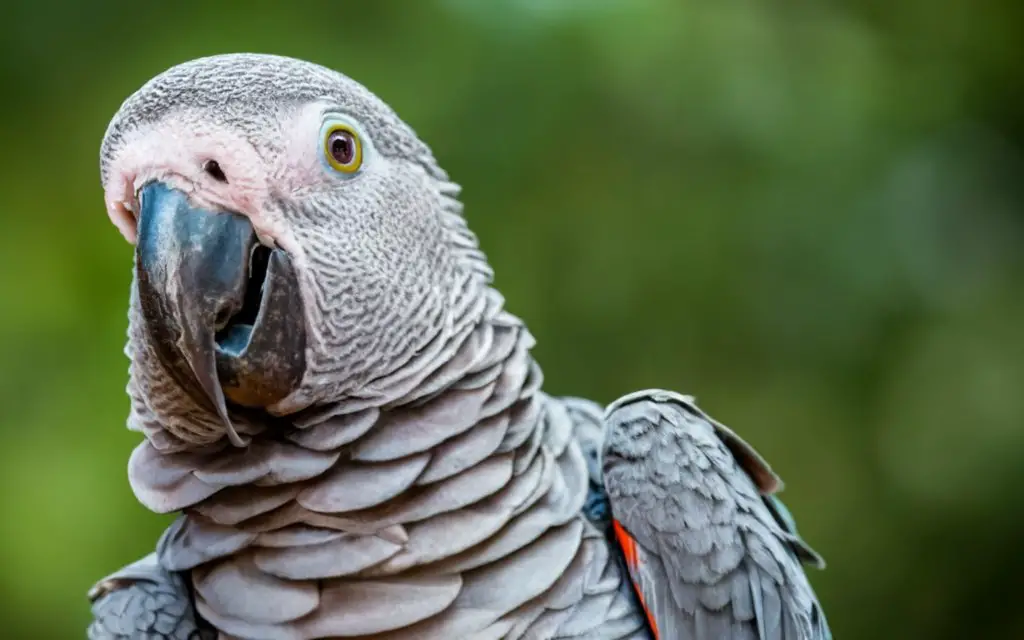
Climate change and its effect on African Grey Parrot habitats
Climate change has significant effects on African Grey Parrot habitats.
Rising temperatures and changing rainfall patterns can lead to the degradation or loss of their preferred forest habitats.
This disrupts their ability to find food, build nests, and raise their young.
Additionally, extreme weather events like droughts and storms can further impact their survival.
Climate change poses a serious threat to the already vulnerable African Grey Parrot populations.

Conservation efforts and solutions
To protect African Grey Parrot populations, conservation efforts include establishing protected areas and reserves, implementing community-based conservation initiatives, and advocating for responsible pet ownership through education.
Establishing protected areas and reserves
Establishing protected areas and reserves is a crucial step in conserving African Grey Parrot populations. These areas provide a safe haven for the parrots, protecting their natural habitats from deforestation and poaching.
Protected areas also allow for scientific research and monitoring, which helps us better understand and manage the needs of these unique birds.
By designating specific areas for their conservation, we can ensure the long-term survival of African Grey Parrots.
Community-based conservation initiatives
Community-based conservation initiatives involve engaging and empowering local communities in the protection and conservation of African Grey Parrots.
This can include initiatives such as creating community-led reserves, implementing sustainable livelihood projects, promoting eco-tourism, and providing education and awareness programs.
By involving communities, these initiatives promote a sense of ownership and encourage sustainable practices for the long-term protection of the parrots and their habitat.
Advocacy and education for responsible pet ownership
Advocacy and education play a vital role in promoting responsible pet ownership.
It is important to educate pet owners about the specific needs of their pets, including proper nutrition, regular veterinary care, exercise, and socialization.
Additionally, advocating for adoption instead of buying pets can help reduce the demand for breeding and discourage unethical practices.
By spreading awareness and providing resources, we can ensure that pets are cared for in the best possible way.
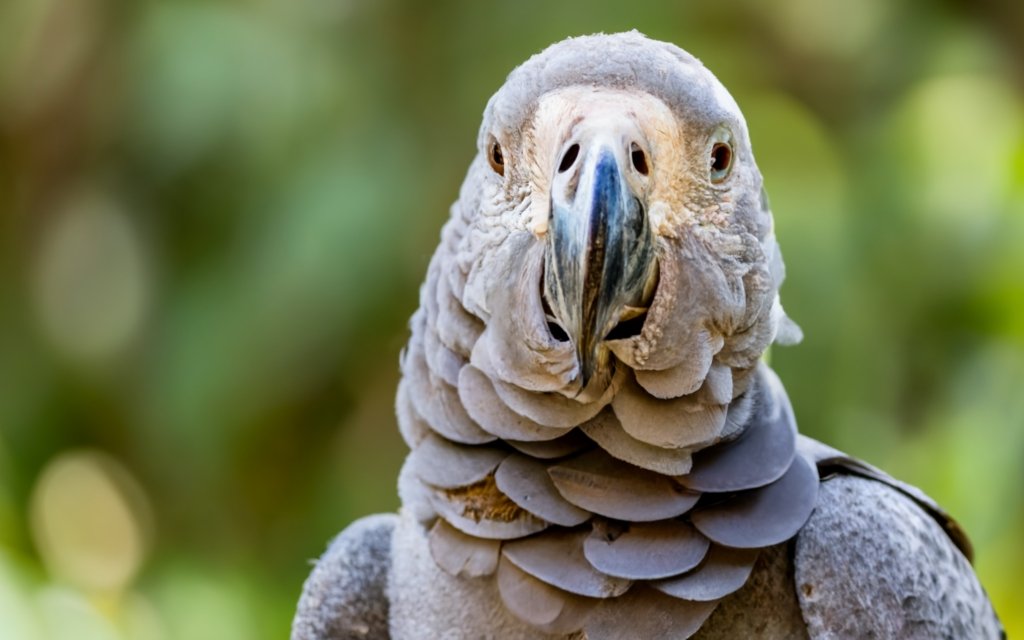
Frequently Asked Questions
Why are African Grey Parrots important?
African Grey Parrots are important for several reasons. They play a vital role in their ecosystems by dispersing seeds and promoting forest regeneration.
Their extraordinary intelligence and ability to mimic human speech also make them popular pets and objects of study in the field of avian cognition.
Additionally, the presence of African Grey Parrots in forests signifies the overall health and biodiversity of the ecosystem.

How does deforestation affect African Grey Parrot populations?
Deforestation greatly impacts African Grey Parrot populations. First, it destroys their habitat, leaving them with nowhere to live and breed.
Second, it reduces their food sources as trees are cut down.
Third, deforestation increases the risk of poaching and illegal pet trade. This combination of factors poses a serious threat to the survival of these beautiful birds.
What can individuals do to help protect African Grey Parrots?
To help protect African Grey Parrots, individuals can:
- Support conservation organizations that work to protect their habitats and combat illegal trade.
- Avoid purchasing African Grey Parrots as pets, as this encourages poaching and illegal trade.
- Spread awareness about the importance of conservation and the threats faced by these parrots.
- Plant native trees and create bird-friendly gardens to provide habitat and food sources for African Grey Parrots and other birds.
- Advocate for stricter regulations and enforcement against poaching and the illegal trade of African Grey Parrots.
Final Verdict
Deforestation has had a significant impact on African Grey Parrot populations.
The loss of their natural habitat, decrease in food sources, and increased risk of poaching and illegal trade have all contributed to the decline of these intelligent and remarkable birds.
However, there is hope.
Through the establishment of protected areas and reserves, community-based conservation initiatives, and advocacy for responsible pet ownership, we can work together to protect and preserve the African Grey Parrots.
It is crucial that we take action now to ensure the survival of these magnificent creatures for future generations.

